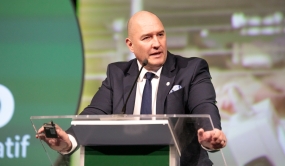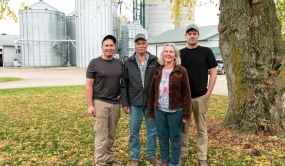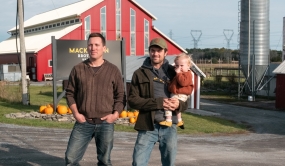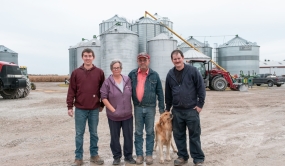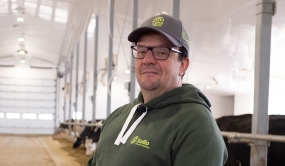The World of Half-Truths
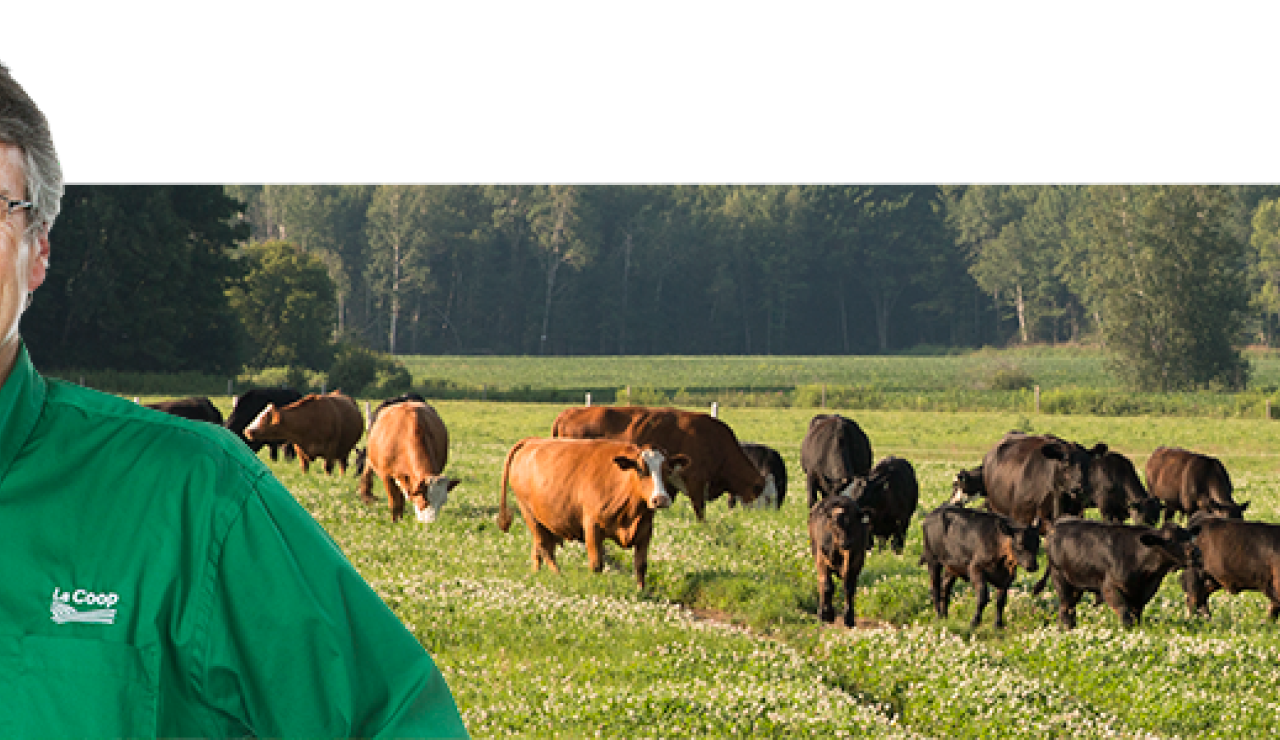
Changes have been occurring faster and faster over the past few decades.
Consider telephones for example. One hundred years after they were first marketed, in 1877, we were still operating with the rural phone system where several homes shared a single telephone line. In 1985, we still had to go through the operator to use our calling cards. Nowadays, technology has progressed so quickly and is so advanced that most of us can access the Internet through our smart phones.
Now that information has become so accessible we have to manage its overabundance, its quality and aptness. Yet not so long ago, the ability to read between the lines let us assign value to what we were reading, seeing or hearing. However, with the multiplication of information sources, a certain obstinacy has become more frequent: “If it’s on the Internet it must be true!” Here are two examples taken for the recent issue of a cattle raising magazine that perfectly illustrates this trend.
Recycled Paradigms
In the first article, one author quotes an experiment dating back to the 1600s in which Jean-Baptiste Van Helmont, having planted a tree in an earth-filled container and watered it for five years, concluded that the tree’s growth (74kg) required only an infinitesimal quantity of soil (57 g)… and water turned into a tree!
Obviously, the author immediately corrects Val Helmont’s erroneous interpretation. “A plant is made of carbon, oxygen, hydrogen, nitrogen and other minerals. Less than 5% of a plant’s components come from soil.” So far, so good. But that’s when things get a little confused…
The article author then states: “If we foster microbial activity in the soil, we don’t have to worry about the 5% of elements the tree draws from it: Bacteria will provide a never-ending supply by recycling animal dejections and plant debris. Naturally, we can add some fertilizer (organic or inorganic), but at what price?”
Such wide-ranging affirmations lead to a world filled with half-truths. In fact, according to the concept that nothing is gained nor lost, simply transformed, every recyclable element must return to the soil and to their point of origin if we want to reproduce the same results in the same place. A conclusion that completely disregards the fact that a fodder harvest of 3,000 kg/ha will draw some 120 kg of fertilizing elements from the soil every single year and when calves are sold outside the farm there is a net export of nutrients that will not return to their point of origin, the author is therefore painting the illusion of a “realistic portrait”.
Perfect Timing for Calving
In that same issue, another author addresses the best time for calving. He suggests that when we try to dominate nature (to do thing differently), costs rise and profits drop. Consequently, May and June calvings, when the natural survival rate of calves is at its highest, should be the preferred months.
Without necessarily questioning the whole validity of this discourse, we must admit that he is only addressing a portion of the truth: The survival rate for calves in nature reaches almost 80% when times are good! Regardless of the potential to reduce costs, not a single cattle farmer can allow such a mediocre performance without jeopardizing his operations. Does nature need a helping hand?
From these two examples, and thanks to our ability to read between the lines, we can draw a much more obvious conclusion: Magical thinking doesn’t apply to agriculture! The bottom line is that for profits to occur, revenues must be higher than expenses. Your hard work will always be important and we are here to help you.
Think about it!



